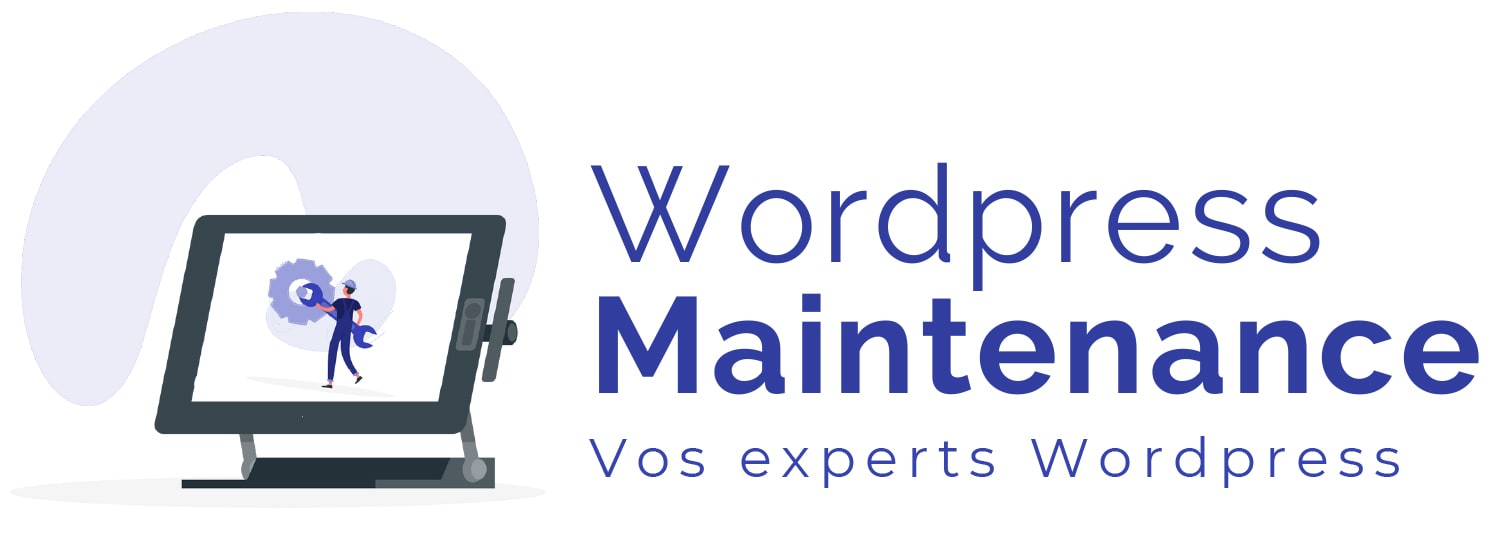Secure your WordPress site
Do you have a WordPress site and want to protect it against online threats? There are many ways to protect your WordPress site from hackers and other threats. In this article, we will show you how to fix WordPress security issues and protect your website.
Discover our offers for WordPress website maintenance
Updating plugins and theme
The first step to resolving security issues on WordPress is to ensure that all plugins and the theme are up to date. Updates can fix known security vulnerabilities and help protect your site from hackers. You should always check regularly for updates and install them as soon as they become available. You might also consider using an auto-update plugin to ensure your site is always up to date. Additionally, you should always check that v Your plugins and theme are compatible with the current version of WordPress before installing them.
Your plugins and theme are compatible with the current version of WordPress before installing them.
Using a security plugin
Another way to resolve security issues on WordPress is to use a security plugin. There are many security plugins available that can help protect your site from hackers. These plugins can provide additional protection against brute force attacks, SQL injections, XSS exploits and many other threats. Some security plugins can also help you monitor your site and receive notifications if an intrusion attempt occurs. It is important to choose a reliable security plugin and configure it correctly to get the best possible level of protection.
Limitation of access rights
Another important measure to resolve security issues on WordPress is to limit user access rights. You should only give access to your site to people who absolutely need access. You should also limit user privileges so that they cannot perform tasks that could compromise the security of your site. For example, you can limit access to certain pages or features to certain users or user groups. This can help protect your site from intrusion attempts.
Deleting unused files
You should also remove any unused files from your site. Unused files can be entry points for hackers and can compromise the security of your site. You should therefore regularly check your site to ensure that there are no unused files. You may also consider using an unused file removal plugin to help you remove these files.
Regular backup
Finally, you should always perform regular backups of your site. Backups can help you recover your site in the event of a security issue. You should make regular backups and store them in a safe place. You may also consider using a backup plugin to help you perform automatic backups of your site. This can help you quickly recover your site if something goes wrong.
Conclusion
Fixing security issues on WordPress can be a complex and time-consuming process. However, by following good security practices and implementing appropriate security measures, you can protect your site from hackers and attacks. Remember to always perform regular updates, use a security plugin, limit user access rights and delete files yesterday not used. Finally, you should always perform regular backups of your site to ensure that you can always recover your site if something goes wrong. To learn more about how to fix security issues on WordPress, check out the link.
yesterday not used. Finally, you should always perform regular backups of your site to ensure that you can always recover your site if something goes wrong. To learn more about how to fix security issues on WordPress, check out the link.
How to Fix Security Issues on WordPress?
- Use a strong, unique password for each administrator and user account.
- Keep WordPress, themes and plugins up to date using the latest version.
- Enable two-factor authentication to log in.
- Log out after finishing using WordPress.
- Remove unused plugins and themes.
- Use a security plugin to protect your site.
- Disable online code editor and direct PHP.
- Limit login attempts to your site.
- Keep regular backups of your site.
- Avoid granting administrator rights to unauthorized users.
- Disable or delete all inactive user accounts.
- Do not respond to emails that seem suspicious.
- Use an SSL certificate to protect your site and your data.
- Check the error log to spot suspicious behavior.
- Rename the default admin directory.
- Limit access to your site administration.
- Immediately restore your site after a potential attack.







